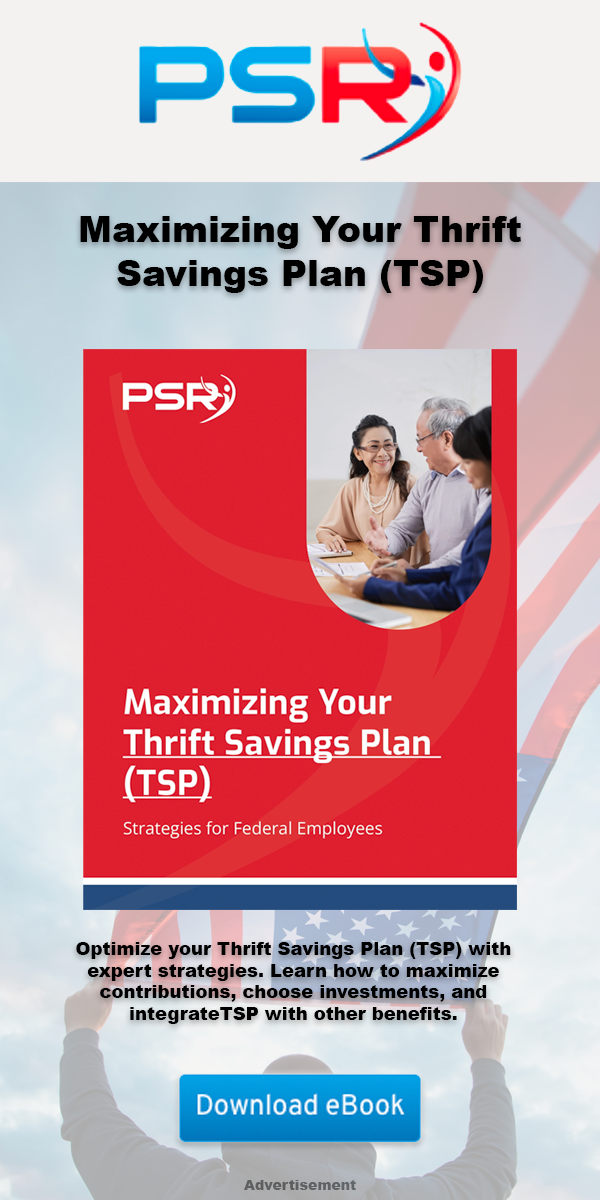Key Takeaways:
- Federal retirees are saving thousands by coordinating their Medicare and FEHB plans, giving them more options while cutting down healthcare expenses.
- Understanding how Medicare and FEHB work together allows federal employees to get the most out of both benefits, especially when navigating rising healthcare costs in 2024.
Understanding Medicare and FEHB: A Federal Retiree’s Best Bet for Cutting Costs
- Also Read: The Best FEHB Plans for 2025: Which One Fits Your Lifestyle and Budget the Best?
- Also Read: Special Retirement Options for FAA and LEO Employees: Are You Taking Advantage of What’s Available?
- Also Read: Federal Employee Benefits You Didn’t Know Could Give Your Wallet a Serious Boost in Retirement
So, what’s the secret to using both Medicare and FEHB to your advantage? Let’s dive in.
Medicare vs. FEHB: What’s the Difference?
Before we get into the strategy of combining them, it’s essential to understand what each of these programs offers.
-
Medicare is the federal health insurance program for people aged 65 and older or those with certain disabilities. It’s broken into parts: Part A (hospital insurance), Part B (medical insurance), Part C (Medicare Advantage), and Part D (prescription drug coverage). If you’ve paid Medicare taxes while working, Part A is typically premium-free, but Part B comes with a monthly premium.
-
FEHB is the health insurance program for federal employees, retirees, and their families. It offers a wide range of plans, from HMOs to PPOs, giving you options to select coverage that fits your specific needs. If you’ve been enrolled in FEHB as an active employee, you can carry this coverage into retirement, but premiums remain a factor, and they’ve seen an average increase in 2024.
Now, you don’t have to choose between them. You can enroll in both and reap the benefits of having these two systems work together.
The Power of Coordination: How Medicare and FEHB Can Work Together
The real magic happens when Medicare and FEHB are coordinated correctly. Federal retirees are using this strategy to optimize their coverage while lowering out-of-pocket costs. The question is, how do you do that?
Medicare Becomes Primary
Once you hit 65 and enroll in Medicare, Medicare will become your primary insurer, and your FEHB plan will move to secondary coverage. What does this mean for you? Medicare Part A covers hospital stays, and Part B takes care of doctor visits, preventive care, and outpatient services. Your FEHB plan can then step in to cover what Medicare doesn’t, like copayments, deductibles, and any gaps in care.
This combination of Medicare as the primary payer and FEHB as the secondary often reduces your out-of-pocket costs. In 2024, as federal health insurance premiums rise, this coordinated approach can be a game-changer for your budget.
Dropping FEHB? Think Twice
Some federal retirees consider dropping their FEHB coverage once they’re on Medicare to save money. But here’s the catch: if you drop FEHB, you can’t get it back unless you return to federal employment. While Medicare Part B covers many services, it doesn’t cover everything—things like dental, vision, and overseas care are often missed. That’s where FEHB still shines.
By keeping both Medicare and FEHB, you have more comprehensive coverage and the flexibility to handle a wider range of health needs. Plus, with Medicare picking up the majority of your costs as the primary payer, your out-of-pocket expenses under FEHB can shrink significantly.
FEHB Premium Increases in 2024: Is It Worth Staying Enrolled?
Federal retirees in 2024 have seen a noticeable bump in FEHB premiums, with a 13.5% increase. So, it’s natural to wonder if holding onto FEHB is worth it when you’re already paying for Medicare Part B.
The good news is that staying enrolled in FEHB, even with the rising premiums, often saves retirees more in the long run. Why? Because FEHB fills the gaps in Medicare coverage. In cases where Medicare doesn’t fully cover a service or procedure, your FEHB plan can swoop in and handle the rest.
Another advantage of keeping both is access to coverage for care outside the U.S., where Medicare typically doesn’t extend its benefits. FEHB plans often cover overseas treatment, which is a significant consideration for retirees who enjoy travel.
Which Part of Medicare Do You Really Need?
If you’re planning to stick with both Medicare and FEHB, there’s often debate about whether you need both Part A and Part B. Here’s a quick breakdown:
-
Medicare Part A: Most federal retirees should take Part A, since it’s usually premium-free if you’ve worked for at least 10 years and paid into Medicare taxes. There’s no harm in having extra hospital coverage.
-
Medicare Part B: This one comes with a premium. In 2024, that premium has increased again, making some retirees think twice. However, if you choose not to enroll in Part B when you first become eligible, you could face a 10% penalty for every year you delay enrollment.
Skipping Part B is risky for most retirees. Without it, you could end up paying more for outpatient care, and FEHB won’t cover everything. Think of Part B as the safety net for services not fully covered by your FEHB plan.
A Quick Look at the Savings
By combining Medicare and FEHB, many federal retirees are cutting their overall healthcare costs by thousands each year. While this approach does come with some premiums to juggle, the benefits often outweigh the costs. Here’s why:
- Lower deductibles and copays: When Medicare covers the bulk of your medical expenses, you’ll see fewer out-of-pocket costs for doctor visits, hospital stays, and outpatient services.
- Prescription savings: By adding Medicare Part D (or a Medicare Advantage plan with drug coverage) to the mix, you may be able to lower your medication costs, which can otherwise skyrocket under FEHB alone.
- Global coverage: Retirees who travel appreciate that FEHB often covers care abroad, while Medicare does not.
Coordinating Medicare and FEHB in 2024: Steps to Take
In 2024, it’s more important than ever to get your healthcare strategy in order. Here’s a quick roadmap to make sure you’re on track:
- Sign up for Medicare Part A when you turn 65. It’s usually free, so there’s no reason not to.
- Decide whether to enroll in Medicare Part B. While the premium can feel like a burden, the long-term cost savings and protection from unexpected medical bills make it a solid choice for most federal retirees.
- Keep your FEHB coverage. The combined protection of FEHB and Medicare is a powerful tool for managing healthcare costs.
- Review your FEHB plan during Open Season. FEHB plans can change from year to year, so make sure your plan still fits your needs.
Balancing Your Healthcare in 2024 and Beyond
The combination of Medicare and FEHB isn’t just for federal retirees looking to lower their costs—it’s also for those who want peace of mind knowing they’re covered for all the unpredictable health challenges life might throw their way. As premiums rise and healthcare becomes more complex, taking the time to understand how these two programs can work together will serve you well.
Whether you’re already enjoying the benefits or planning for your upcoming retirement, the Medicare-FEHB partnership is one of the best ways to get the most bang for your healthcare buck.












